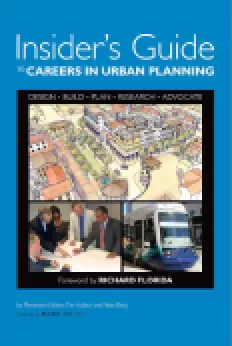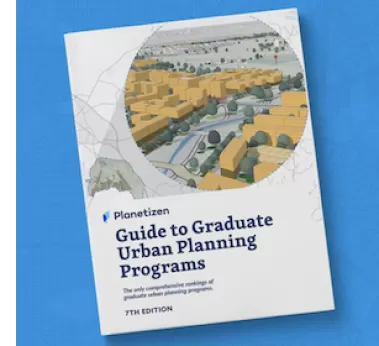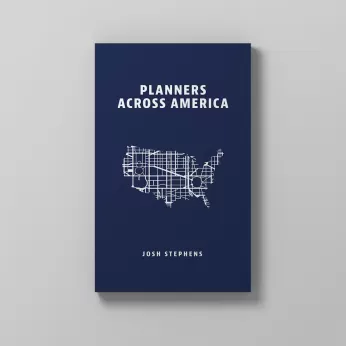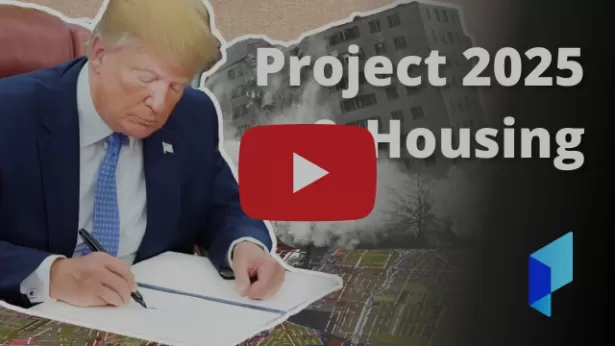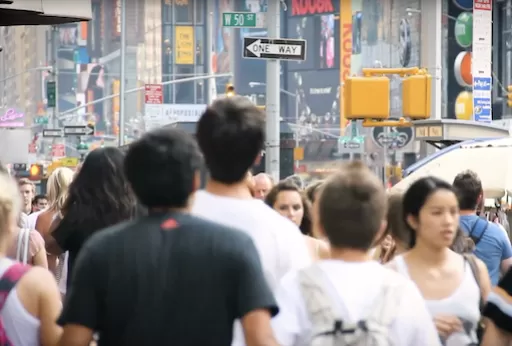Lamar Anderson tells the story of architect Chris Downey, who lost his eyesight six years ago but has persevered in his career first as a consultant and then as the lead architect for the new Independent Living Resource Center of San Francisco.
Anderson's article examines Downey's unique history, about how he became blind, his decision to continue his career in a visually-oriented field, and the challenges he encountered along the way. Then there was the serendipity that solved process challenges. For instance:
- "With a good bit of tinkering, Downey and his trainer got it to print floor plans from PDFs. It was a lucky fluke. The PDF format is common currency in the architecture profession, and having a piece of technology that could read it meant he could participate without asking anyone to adopt another technology."
- Downey uses "brightly colored wax sticks" as "an informal tool for sketching on top of working plans."
After discovering such enabling process refinements (and more), Downey also found a niche in the architecture business—one that provided a robust consulting practice, even during the recession: "Far from being unemployable, Downey found himself in possession of a rare combination of skills. Here were two groups that had little in common: blind people and the hypervisual architects who design spaces. In the Venn diagram linking them, Downey was a set of one."
The long read article includes a lot of more details about how Downey's experiences with blindness have changed his perception of space in a way that benefits not only the blind, but others with special needs that might be inadequately addressed by the Americans with Disabilities Act (or, for that matter, how well ADA requirements are implemented and enforced by the design and construction industries).
FULL STORY: How a San Francisco Architect Reframes Design for the Blind

Planetizen Federal Action Tracker
A weekly monitor of how Trump’s orders and actions are impacting planners and planning in America.

Chicago’s Ghost Rails
Just beneath the surface of the modern city lie the remnants of its expansive early 20th-century streetcar system.

Amtrak Cutting Jobs, Funding to High-Speed Rail
The agency plans to cut 10 percent of its workforce and has confirmed it will not fund new high-speed rail projects.

Ohio Forces Data Centers to Prepay for Power
Utilities are calling on states to hold data center operators responsible for new energy demands to prevent leaving consumers on the hook for their bills.

MARTA CEO Steps Down Amid Citizenship Concerns
MARTA’s board announced Thursday that its chief, who is from Canada, is resigning due to questions about his immigration status.

Silicon Valley ‘Bike Superhighway’ Awarded $14M State Grant
A Caltrans grant brings the 10-mile Central Bikeway project connecting Santa Clara and East San Jose closer to fruition.
Urban Design for Planners 1: Software Tools
This six-course series explores essential urban design concepts using open source software and equips planners with the tools they need to participate fully in the urban design process.
Planning for Universal Design
Learn the tools for implementing Universal Design in planning regulations.
Caltrans
City of Fort Worth
Mpact (founded as Rail~Volution)
City of Camden Redevelopment Agency
City of Astoria
City of Portland
City of Laramie








